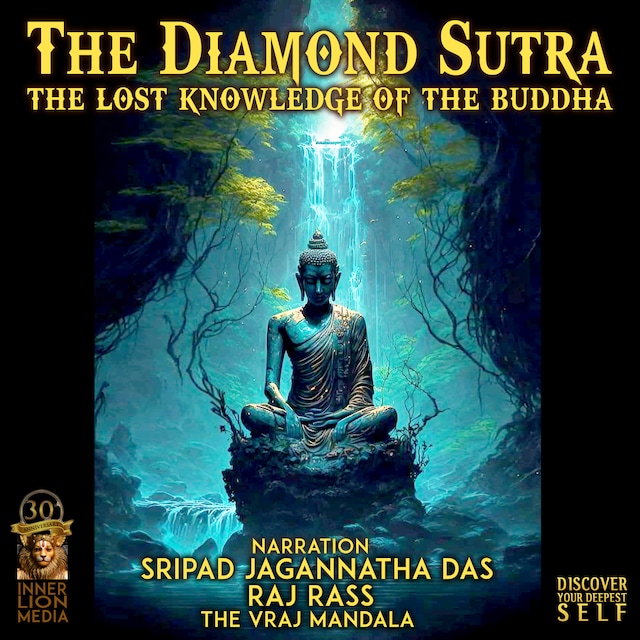
The Diamond Sutra
Description of book
The Diamond Sutra, also known as the Vajracchedikā Prajñāpāramitā Sūtra, is a significant Buddhist text that belongs to the Prajñāpāramitā genre, which emphasizes the perfection of wisdom. The Diamond Sutra is considered one of the earliest dated printed texts, dating back to 868 CE. The narrative within the Diamond Sutra revolves around a conversation between the Buddha and his disciple Subhuti.
In this dialogue, the Buddha imparts profound teachings on the nature of reality, emphasizing the concept of emptiness (śūnyatā). The central theme is the transcendence of conventional understanding and the realization that all phenomena lack inherent existence. The title "Diamond Sutra" suggests the sutra's ability to cut through illusion and delusion, much like a diamond's sharpness.
The Buddha employs skillful means to guide Subhuti toward enlightenment, emphasizing the importance of cultivating a mind free from attachment and conceptual limitations. The text challenges conventional notions of self, perception, and reality, encouraging practitioners to go beyond dualistic thinking and recognize the interdependence of all phenomena.
Throughout the narrative, the Buddha illustrates the nature of emptiness by deconstructing common concepts such as form, sensation, perception, mental formations, and consciousness. The Diamond Sutra concludes with a reminder that the teachings are like a raft meant to help individuals cross the river of suffering, but once the other shore is reached, the raft is no longer needed.
Overall, the Diamond Sutra serves as a guide to realizing the ultimate truth, transcending dualities, and attaining liberation from the cycle of birth and death (samsara). Its teachings have had a profound impact on Mahayana Buddhism, emphasizing the importance of wisdom, compassion, and the path to enlightenment.


